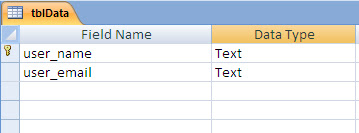Validate an email address is easy if you have good valid pattern expression.
package com.jsupport;
import java.util.regex.Matcher;
import java.util.regex.Pattern;
/**
*
* @author JSupport
*/
public class ValidateEmailAddress {
public boolean isValidEmailAddress(String emailAddress) {
String expression = "^[\\w\\-]([\\.\\w])+[\\w]+@([\\w\\-]+\\.)+[A-Z]{2,4}$";
CharSequence inputStr = emailAddress;
Pattern pattern = Pattern.compile(expression, Pattern.CASE_INSENSITIVE);
Matcher matcher = pattern.matcher(inputStr);
return matcher.matches();
}
public static void main(String[] args) {
ValidateEmailAddress vea = new ValidateEmailAddress();
System.out.println(vea.isValidEmailAddress("info@jsupport.info")); // Valide emaill address
System.out.println(vea.isValidEmailAddress("info@jsup@port.info")); // Invalide emaill address
System.out.println(vea.isValidEmailAddress("info@jsupport.in_fo")); // Invalide emaill address
System.out.println(vea.isValidEmailAddress("in@fo@jsupport.info")); // Invalide emaill address
System.out.println(vea.isValidEmailAddress("info@jsupport.com.lk")); // Valide emaill address
}
}
Here you will find how to validate email address using Java Mail API







